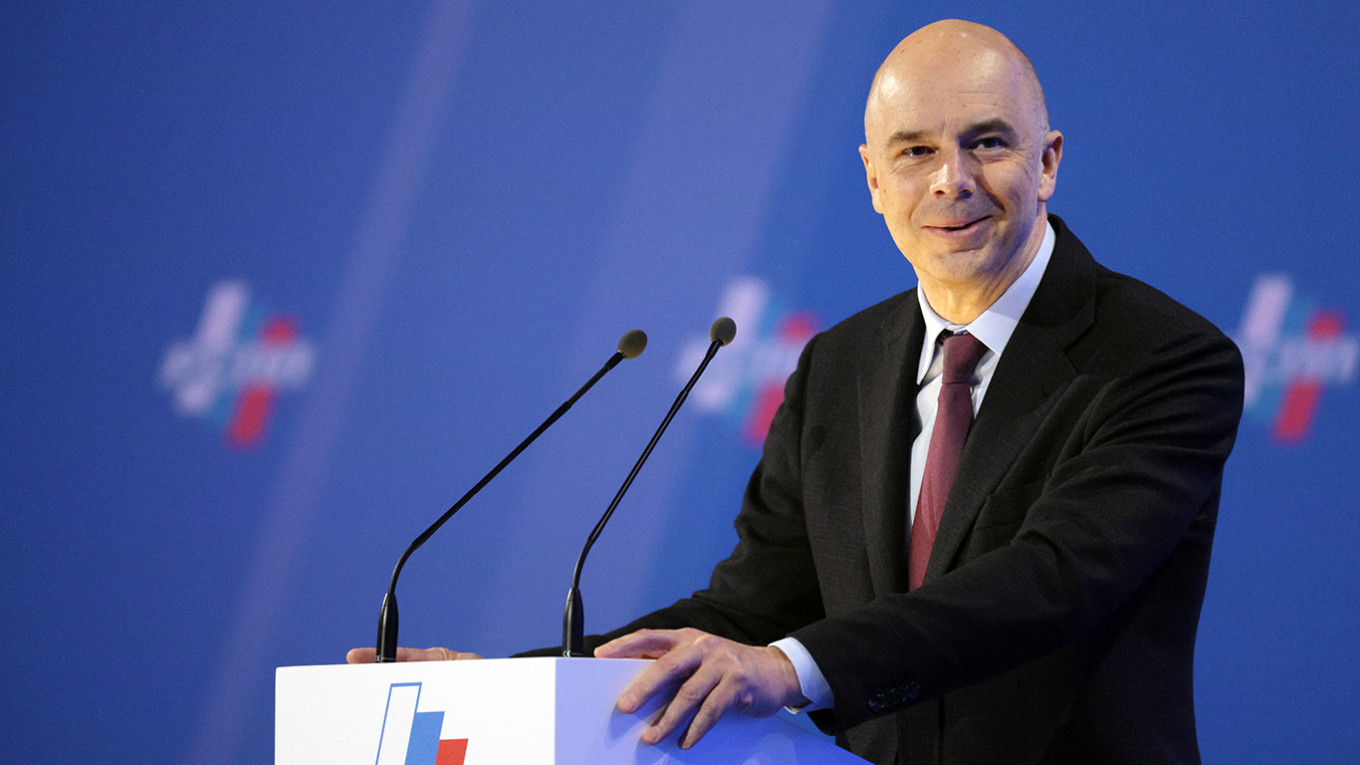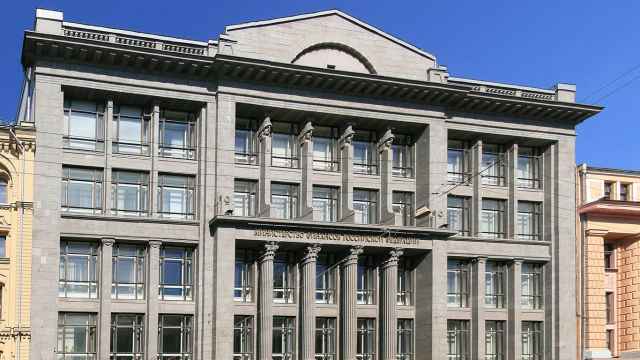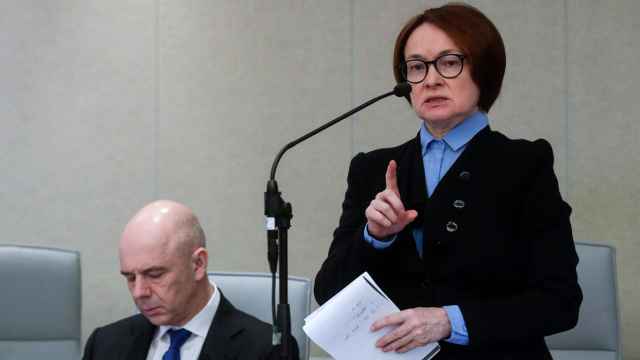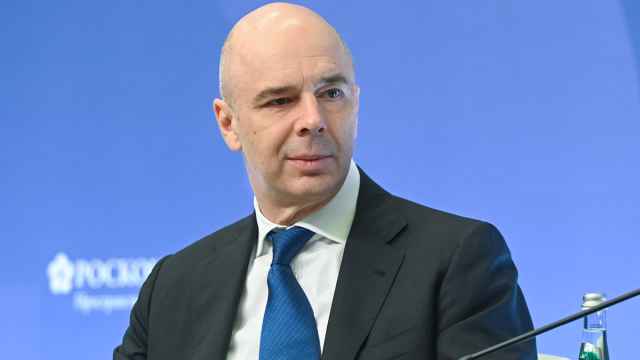Russia's budget deficit rose by 168 billion rubles ($2.18 billion) in May, bringing the total for the first five months of 2025 to 3.4 trillion rubles ($44.2 billion), or 1.5% of GDP, according to the Finance Ministry.
That is nearly five times higher than the same period of 2024 and nearly equal to the entire deficit planned for the full year — 3.8 trillion rubles ($49.4 billion), or 1.7% of GDP.
Initially, the Finance Ministry had aimed to keep the deficit three times smaller: 1.2 trillion rubles ($15.6 billion), or 0.5% of GDP.
May’s budget results were somewhat worse than expected, economist Yegor Susin said. Revenue growth has slowed, and while spending has eased somewhat after the early-year advance payments, it hasn’t dropped as much as hoped.
Susin estimates that the current deficit trajectory is running at about 1% of GDP higher than planned, which translates to nearly 6 trillion rubles ($78 billion).
Analysts at MMI warn that the budget situation is becoming increasingly critical and expect the deficit to reach 6 to 7 trillion rubles ($78-91 billion).
Before the full-scale invasion of Ukraine, government spending was fairly evenly spread throughout the year, with a spike in December to close out contracts.
But since 2023, the Finance Ministry has front-loaded military expenditures early in the year, with spending returning to normal mid-year before another jump in November-December. Analysts had expected the budget to move into surplus starting in May, but that didn’t happen.
The main factors are low oil prices and a strong ruble. The ruble appreciated for a sixth consecutive month in May, while oil and gas revenues fell to just 513 billion rubles ($6.67 billion), their lowest point in two and a half years.
Over the first five months of 2025, these revenues totaled 4.24 trillion rubles ($55.1 billion), down 14.4% from a year earlier (after four months, the shortfall was 10.3%). The 2.6 trillion ruble ($33.8 billion) decline in oil and gas revenues is the main reason for the budget revision.
While these revenues still exceed the baseline level, the Finance Ministry warns of risks due to weakening price conditions.
Non-oil and gas revenues are providing some relief. Their inflow slightly exceeds the revised target, which was increased by 0.8 trillion rubles ($10.4 billion).
In May alone, they brought in nearly 2 trillion rubles ($26 billion), and over five months, totaled 10.5 trillion ($136.5 billion) — 12.3% more than in January-May 2024. This growth is largely due to higher corporate profit taxes introduced this year. Turnover taxes, including VAT, also rose by 5.8% compared to last year.
Budget spending in May totaled 2.6 trillion rubles ($33.8 billion), and 18.1 trillion ($235.3 billion) over five months, 3.1 trillion ($40.3 billion) more than the same period last year.
Some of this spending was financed by extra non-oil and gas revenues received at the end of 2024, the Finance Ministry says, expressing confidence that the budget will meet the updated plan.
Analysts at Tverdyye Tsifry note that spending has continued on a “high” trajectory, with the annual growth rate for January-May holding steady at 21%.
The Finance Ministry plans total spending of 42.3 trillion rubles ($549.9 billion) for the year, which would require cutting spending by 3.9% in the second half compared to June-December 2024, according to MMI analysts.
“That would mean a real cut of over 12%, which seems unlikely,” they say. They expect total spending of at least 44-45 trillion rubles ($572-585 billion), while revenues will fall short by at least 0.5 trillion rubles ($6.5 billion). This points to a deficit of 6 to 7 trillion rubles ($78-91 billion) — and that’s an optimistic scenario, they conclude.
To meet the revised annual target, the Finance Ministry would need to maintain a monthly surplus of 270 billion rubles ($3.51 billion) from May through November, according to Gazprombank analysts. This is higher than the recent average of 210 billion rubles ($2.73 billion) per month for this period.
Gaidar Institute experts predicted the budget deficit would improve after peaking in May-June. But they noted that economic slowdown, worsening trade conditions, high interest rates and geopolitical challenges are all putting pressure on the budget and worsening existing imbalances.
Still, they believe borrowing and the use of liquid assets from the National Welfare Fund could cover the shortfall.
The liquid portion of the fund had fallen to 2.8 trillion rubles ($36.4 billion) by the end of May, with 447 billion ($5.81 billion) allocated to cover the oil and gas revenue shortfall.
A Message from The Moscow Times:
Dear readers,
We are facing unprecedented challenges. Russia's Prosecutor General's Office has designated The Moscow Times as an "undesirable" organization, criminalizing our work and putting our staff at risk of prosecution. This follows our earlier unjust labeling as a "foreign agent."
These actions are direct attempts to silence independent journalism in Russia. The authorities claim our work "discredits the decisions of the Russian leadership." We see things differently: we strive to provide accurate, unbiased reporting on Russia.
We, the journalists of The Moscow Times, refuse to be silenced. But to continue our work, we need your help.
Your support, no matter how small, makes a world of difference. If you can, please support us monthly starting from just $2. It's quick to set up, and every contribution makes a significant impact.
By supporting The Moscow Times, you're defending open, independent journalism in the face of repression. Thank you for standing with us.
Remind me later.






